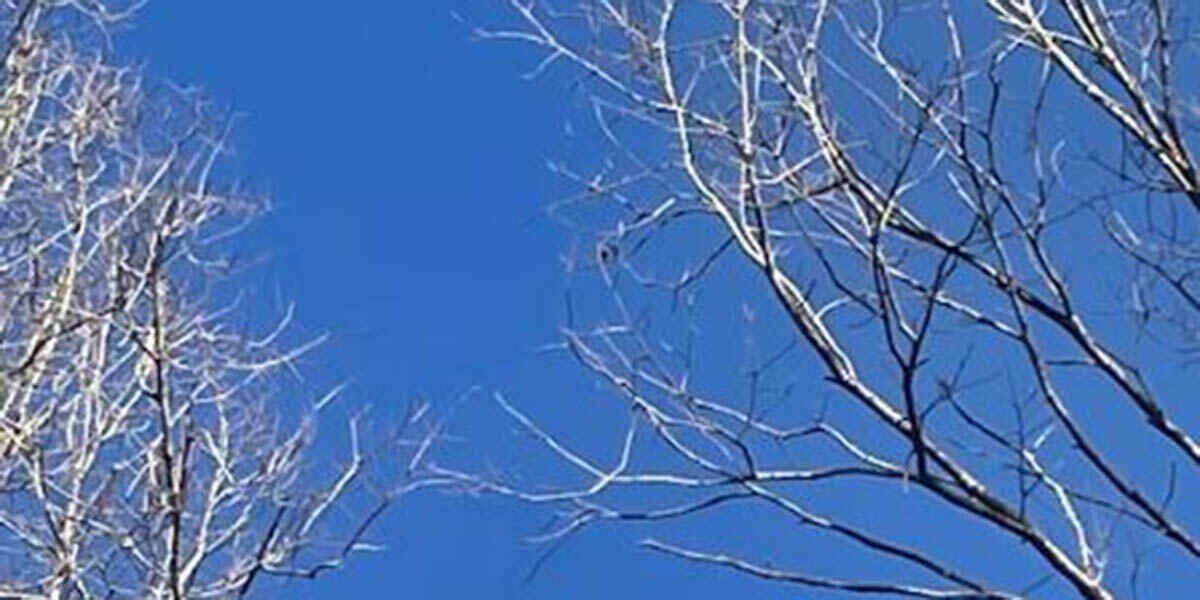If the upper portion of your tree has declined over time with many dead branches and twigs, you’re potentially facing branch dieback. After discovering what it is, its causes, and potential resolution methods, you can contact J&D Tree Pros to schedule Chapel Hill’s reliable tree service.

Branch Dieback and Its Common Symptoms
Dieback occurs when branches and twigs from the top of trees die over time, such as due to lack of moisture, disease, or several other causes.
You might notice less growth in the top areas of your trees, perhaps due to diseased or blocked root systems struggling to access this portion of the tree. Other symptoms include brown or yellowing leaves, little to no growth for branches and leaves, and a noticeable decline in strength. While tree health care and pruning allow you to keep your trees healthy and in top shape, you might need to take extra measures to address dieback.
Once you understand what caused the dieback in the first place, you can take the proper steps to improve tree health. Working with a professional arborist provides one of the best solutions.
Potential Causes of Branch Dieback
Some possible reasons for dieback include the following:
Lack of Rainfall or Moisture
Trees that don’t have enough access to water might experience branch dieback. A lack of adequate soil moisture can cause tree branches and leaves to struggle and function less effectively. Drought conditions or less-than-normal rainfall in an area may cause problems with moisture.
You can address this by adding irrigation solutions to ensure young trees and plants have the water they need. Once trees have established strong roots and grow well, they may no longer require this support. However, ask your arborist about whether your trees need more water.
Insect Pests and Diseases
Insect pests are less common than environmental stressors when determining the main reasons for branch dieback. However, diseases can stop the natural flow of water and nutrients to various areas of the tree, causing branches to struggle and die from the lack of resources. This can stem from fungi and insects, which could also consume bark and eat through leaves.
Once you identify what organism has caused the problems, you can pinpoint the appropriate treatment option. Addressing a specific type of insect or fungi can prevent the issue from returning and help your trees recover if possible.
Issues With Soil
Trees might struggle to access the nutrients and water they need if soil compaction creates an obstacle. In some cases, soil may contain excessive amounts of water, damaging tree roots and dying branches.
If you want to adjust soil conditions to avoid branch dieback, consider running a soil test.
Schedule Professional Tree Care Services in Chapel Hill, North Carolina, With Our Team
At J&D Tree Pros, we understand how to care for trees with low branches and how to properly tackle branch dieback.
Our business offers the following services for our clients:
- Stump grinding
- Tree removal
- Tree trimming and pruning
J&D Tree Pros provides several tree care services to Chapel Hill, NC, so call us today at (919) 467-7997 to discuss your needs!
